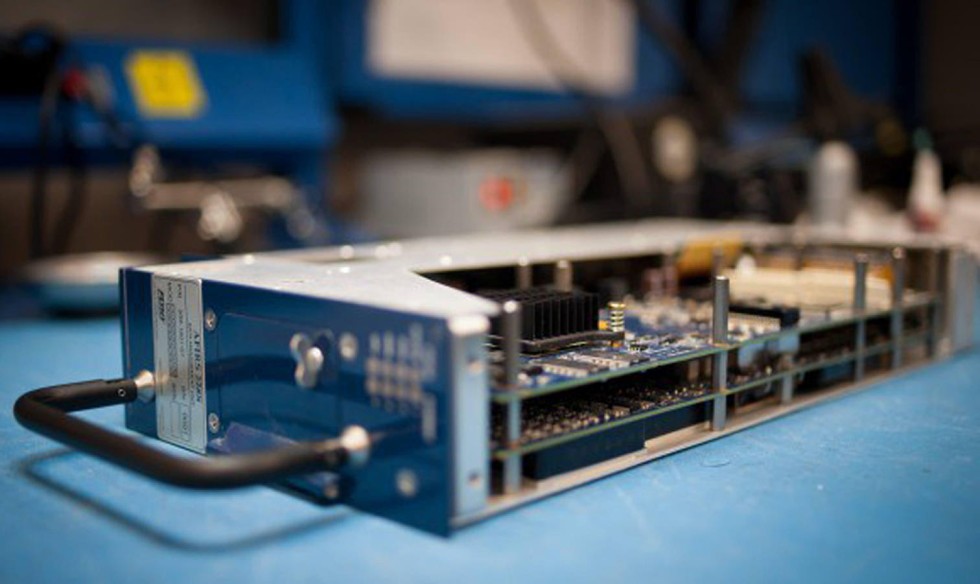How one Canadian airline ensures its planes never disappear
PUBLISHED : Friday, 02 January, 2015, 3:19am
UPDATED : Friday, 02 January, 2015, 3:19am
Washington Post

The flight information system used by First Air. Photo: FLYHT
First Air, a Canadian airline, flies across some of the most remote areas on the continent, going as far north as Resolute Bay, inside the Arctic Circle. Its planes are often beyond the reach of conventional radar. They are also nearly disappearance-proof.
That is because of a 3kg tracking system, about the size of a hotel-room safe, installed in the planes' electronics bays. When flights proceed normally, the system never snaps into action. But if something goes wrong the system begins transmitting data to the ground, via satellite, every second.
Most commercial airlines have no comparable safeguard. As seen in the case of AirAsia Flight QZ8501, they can crash without relaying information about their last moments of flight.
Given the technology that is available, planes are surprisingly non-communicative. They have transponders that broadcast location, but those only work in tandem with radar.
About three-quarters of the world's airlines also use an additional data system that reports data back to the ground at predetermined intervals - about every 10 minutes. But in the case of an ocean crash, that can make locating the wreckage difficult.
Of all the plane technology, though, the black boxes are the most anachronistic. The boxes - commercial planes have two - contain key flight data, but do not share it. Which is why, when a plane goes down, as in the case of missing Malaysia Airlines MH370, search teams might spend months or years scouring the ocean floor before they can figure out what went wrong.
"It's local data storage," said Stephen Trimble, a managing editor at flightglobal.com "The old 1950s, 1960s model."
So why don't airlines opt for a better system? Cost is the first explanation. The system being used by First Air, designed by Canada's FLYHT Aerospace Solutions, transmits data only during unexpected scenarios as a way to keep costs under control.
Still, installation alone ran at about US$120,000 per plane, FLYHT CEO Bill Tempany said. For an airline like Delta, with a fleet of 764, that would add up to some US$90 million.
"The industry itself feels it has no reason to hurry up and do it," Tempany said about improvements to real-time tracking.
